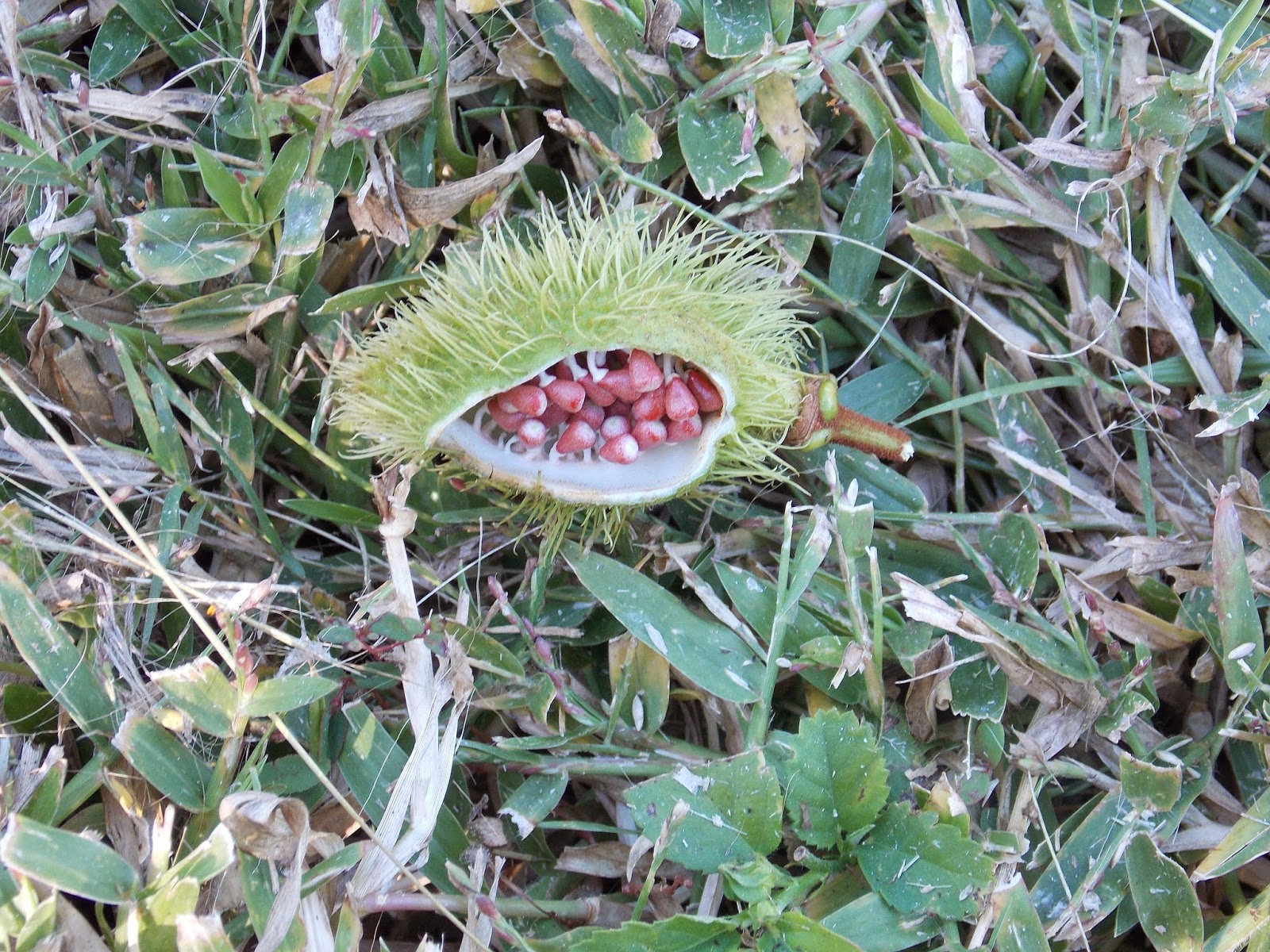On our drive over to Galt Preserve on Pine Island I happened to see a large bird land on a tree by the roadside. We pulled off the road to get a closer look at him with our binoculars.
As much as I could figure our, checking my bird book later, it was a roadside hawk. It is a tropical species of hawk, which has a slimmer body than other hawks. On Estero Island is the Mound House, a building which is the oldest standing structure on the island. It sits atop an ancient Calusa Indian mound.
Off to a side of the home is the location of a swimming pool built in the 1950s. A guide took us to an underground room, which is part of the pool cavity. Here we could view a remnant of the shell mound built by the Calusa Indians about 2,000 years ago. The mound was built by layering deposits of earth, shell and old garbage. It was a society that mainly relied on shells as tools and weapons. Finding a conch shell on this site, with a perfect round hole in it, led anthropologists to deduce that the Calusa used the shell both as a hoe and a club. A stick fits firmly into the hole in the replica pictured below.
Our guide also took us on a tour of the grounds to show us some of the plants and trees. Most fascinating to me was the Moringa tree, also known as the Miracle tree. It is a fast-growing, drought-resistant tree of which its seeds, pods, leaves, and roots can be used. The leaves are very high in vitamins and protein. The seeds are full of oil which can be used for cooking and cosmetics. In third world countries the seed is also used for water purification. It has been described as a "most generous giver of life". Its flowers bloom year around. We saw one flower on the tree, as well as the presence of many long seed pods.
Equally interesting is the anchiote or, better known to us, the annato tree or shrub. The pulp surrounding the seed is made into cakes for further processing into dyes, its yellow color is added to butter and cheese. The dried seeds are also used as a culinary spice. Our guide handed me a seed pod, pictured below.
John and I have seen the coontie plant before here in southwestern Florida. Its evergreen leaves are fine in texture and resemble those of a fern. There were many in this park, they can't be missed at this time of the year because of the presence of their bright orange cones which emerge from the ground under the plant.
Sunday, December 21, 2014
Subscribe to:
Post Comments (Atom)






No comments:
Post a Comment